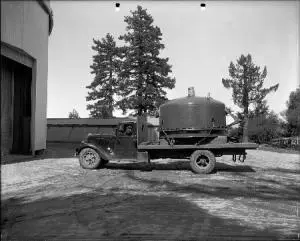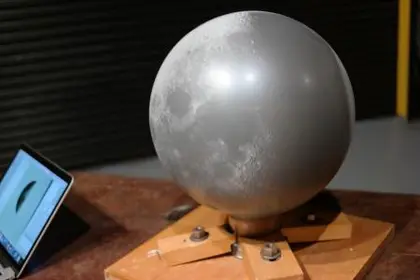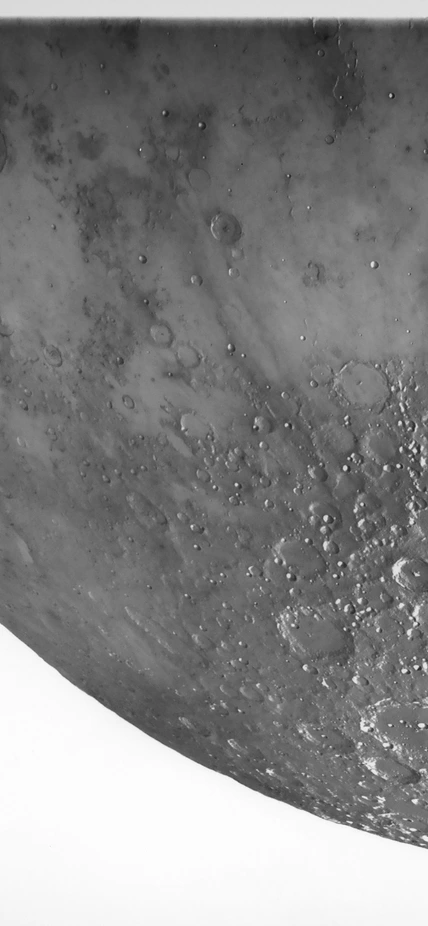"The Moon needs no introduction ... To the layman, not versed in astrophysics, the Moon is the most-conspicuous object in the night sky and the rival of all heavenly objects, even including the Sun itself" wrote Carnegie's F.E. Wright in a poetic 1935 paper about the challenges of studying the lunar surface, which was written when the idea of sending humans there was beyond the imagination.
Reporting on the work of a Committee on Study of the Surface Features of the Moon, Wright laid out the challenges of approaching lunar research using the standard techniques employed by geologists of the time—food for thought on the anniversary of the 1969 Moon landing.

"The observer cannot journey to the Moon and gather samples, make maps, and plot the field relations on the spot," he noted, adding that when attempting to discover what shaped the lunar surface's features, a geoscientist was "confronted with conditions with which he has had no contact."
Wright and the committee determined that topographic maps of the Moon were a necessary first step, prepared from photographs taken by the 100-inch telescope at then-Carnegie's Mt. Wilson Observatory, to ensure that the plane of projection was the same for all of the images. To this end, a "Moon house" (seen in the background of the photograph below) in which the maps would be created was constructed on the mountain.
The process would involve an ingenious invention, a "carefully turned globe of bronze, 15-inches in diameter and coated with magnesia powder. This coating furnishes a white diffuse reflecting surface. The image of the Moon formed on it is in all respects similar to the Moon in the relations of the surface features one to the other; in other words, it is a miniature Moon which can be photographed from any direction."
Wright went on to explain the committee's four methods for analyzing the chemical composition of the lunar surface, including the creation or adaptation of specialized apparatuses.

He closed his charming paper with a call-to-arms for his fellow scientists that beautifully embodies the Carnegie spirit of discovery science we still embrace today:
"We research workers fail in our task if we do not pass on some of the inspiration we derive from close contact with nature, its forces and factors, which are quite beyond our comprehension. We glimpse these elements from afar and realize with humility how limited is our understanding of even simple things. But we do sense a goal which, if it were more generally realized, would add stability and proper placing of emphasis on the things that count and tend to bring us into accord with the principles of life which endure and have stood the test of time and human experience."
Wright's paper was published in The Scientific Monthly and is archived by JSTOR on behalf of AAAS.
